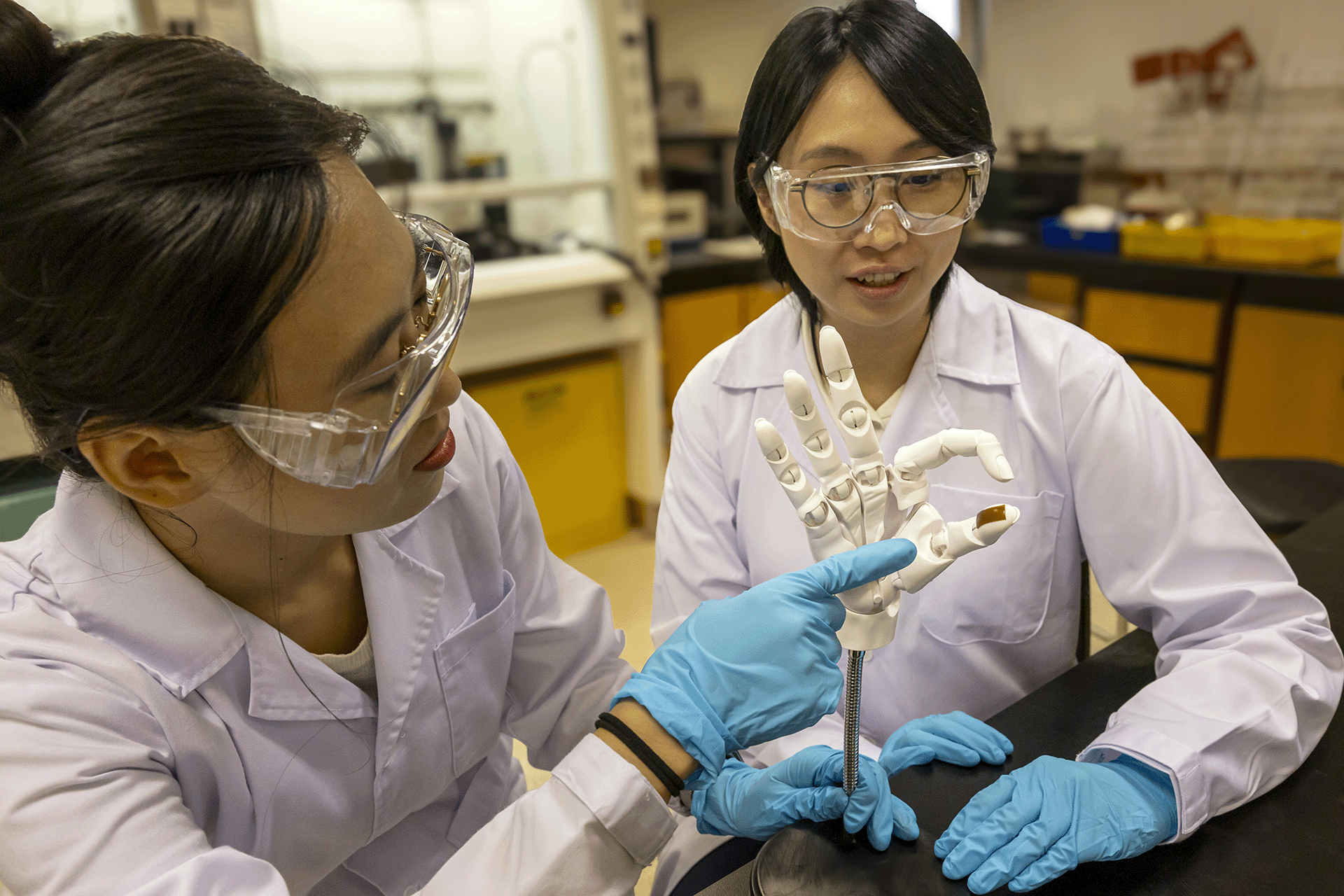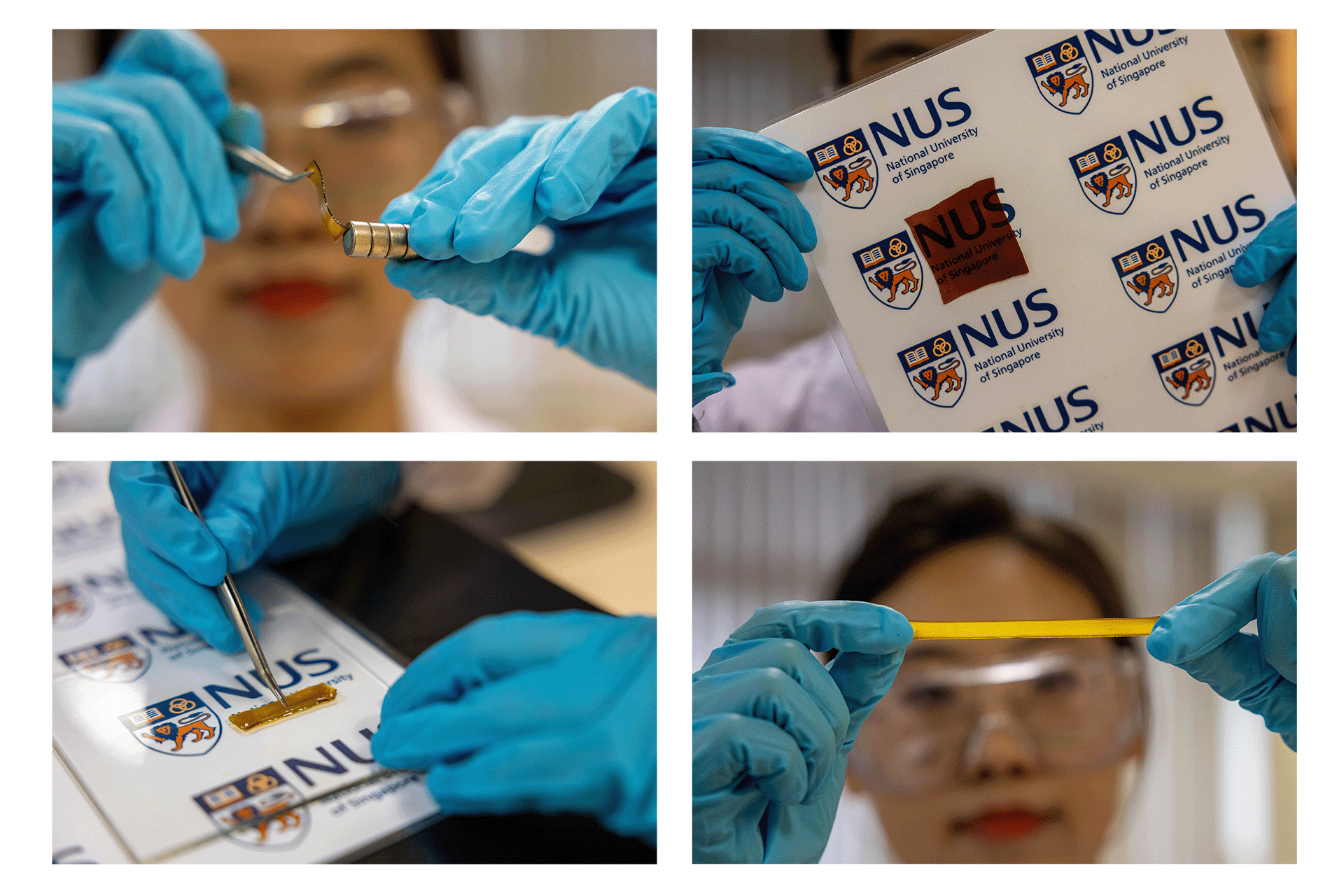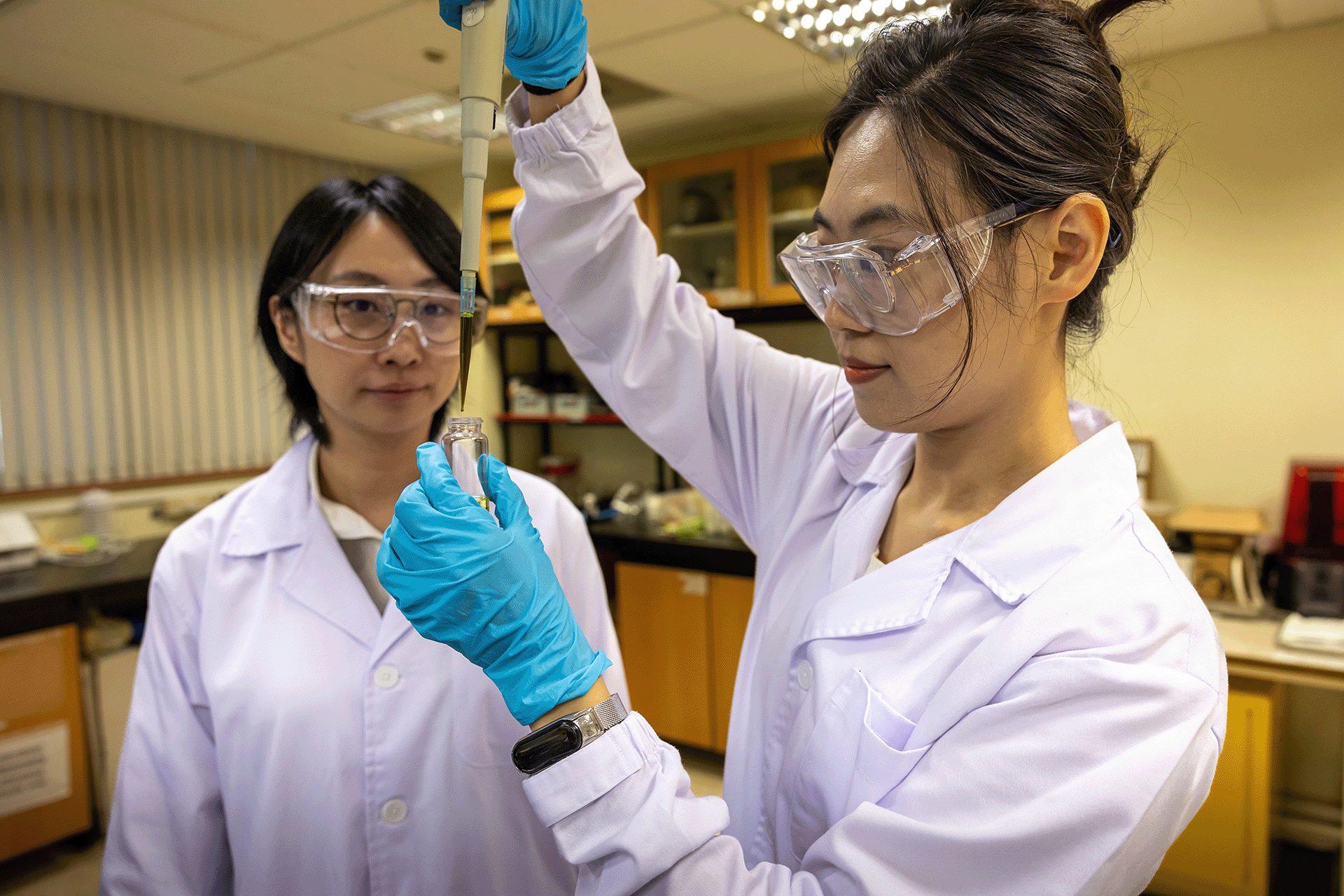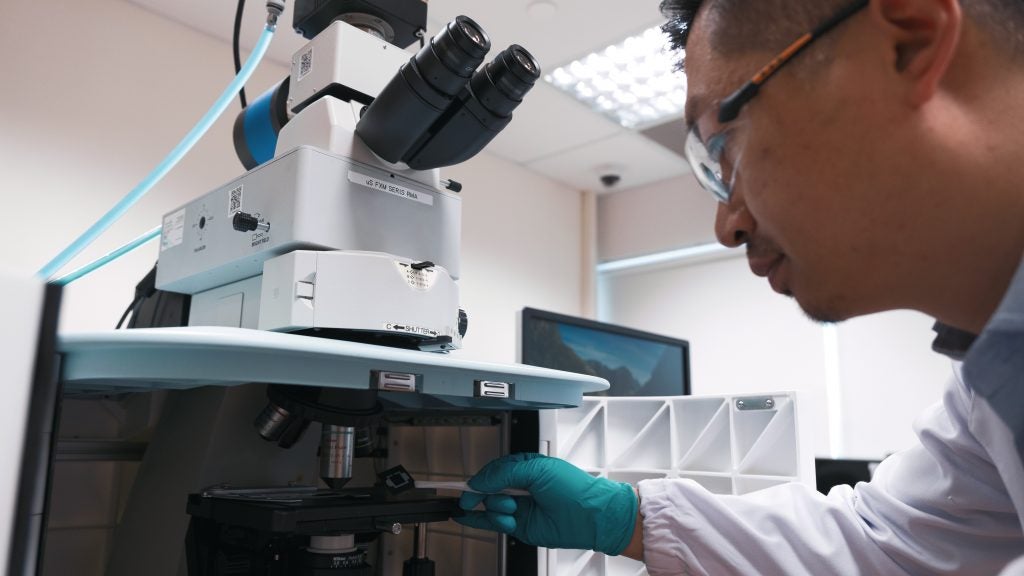
A new material inspired in part by migratory birds and in part by a comic book villain could have a transformative impact on future technologies, the CDE researcher behind its development says.
Named MINE—short for Magneto-IoNo-Elastomer—the material combines an array of unique properties for applications ranging from self-repairing electronics to wearable devices and soft robotics.
“Nature has always been a great source of inspiration,” said Assistant Professor Tan Yu Jun (Mechanical Engineering), who led the international research team that developed the material. “The magneto-responsiveness we see in birds like the European robin, which use magnetic fields to navigate long migrations, inspired us to develop a soft, magnetic material for emerging technologies. But we also wanted to make it truly multifunctional, and for that, we took a page out of science fiction.”
The team took cues from Venom, the alien symbiote from the Spider-Man universe known for its shape-shifting, self-healing properties. “Venom is almost like this material—stretchy and self-repairing—but ours has an added superpower: it’s transparent,” Asst Prof Tan said.

The team’s research was published recently in the journal Science Advances.
Several superpowers in one
The MINE material brings together several superpowers in one: it is transparent, stretchable, self-healing, magnetically responsive, and conductive. These are achieved by embedding magnetic ionic liquids (MILs)—a type of liquid salt with magnetic properties—into a specially designed polymer.
“What’s exciting is that we’re the first to combine all these properties in one material,” said Asst Prof Tan. “Unlike traditional magnetic materials, which tend to be stiff and opaque, MINE remains soft, elastic and transparent, even with a high concentration of magnetic liquids.”
The material also has an unexpected bonus: adding more MILs makes it more elastic, not weaker. “Typically, adding more liquid would make a polymer more prone to deformation. But with MINE, we saw the opposite—it became stretchier and even more resilient,” she said.

The researchers say MINE’s unique combination of properties opens up possibilities across a range of industries and fields:
- Self-repairing devices: Phones, tablets, and foldable screens made with MINE could automatically heal cracks and scratches, making them more durable and sustainable.
- Wearable technology: MINE’s combination of properties could enable wearable touchscreens, smart clothing, and gloves or e-skins that respond to virtual magnetic fields, making interaction with VR environments even more realistic.
- Soft robotics: Lightweight, adaptable robots made from MINE could navigate tight spaces, perform delicate tasks, or operate in hazardous environments like pipelines.
In one demonstration, the researchers used MINE to create a soft switch that controlled a digital display by responding to magnetic fields. Another experiment showed how MINE could act as a strain sensor, allowing precise control of virtual objects in a gaming interface.
“People are imagining devices that fold into small shapes, stretch out when needed, or offer entirely new interactive experiences,” Asst Prof Tan said. “With MINE, we’re making those possibilities more achievable.”
A global effort
The development of MINE was a collaborative endeavour involving researchers from Singapore, Germany, and Japan. The team included material scientists, electrical engineers, and theoreticians who worked together to develop, simulate, and test the material’s properties.
“My postdoc led the material fabrication and device demonstrations, while our collaborators in Germany tackled the theoretical aspects, like how the self-healing mechanisms work,” Asst Prof Tan explained. “Our colleagues in Japan contributed ideas for potential applications, such as magnetic gloves for VR. It was truly an international effort.”
Paving the way for future innovations
MINE is just one part of Asst Prof Tan’s broader research into bio-inspired and soft robotic systems. She is already exploring more advanced versions – a material she refers to as “Venom version 2.”
“This research is about more than just creating a functional material—it’s about rethinking what’s possible,” she said. “By combining natural inspiration with sci-fi imagination, we’re opening the door to transformative technologies that could change how we interact with the world.”





